Art & Exhibitions
Gordon Parks’s Pre-Civil Rights Photos Poignantly Document Victims of Segregation
Life magazine never published these moving images of Parks' childhood classmates.
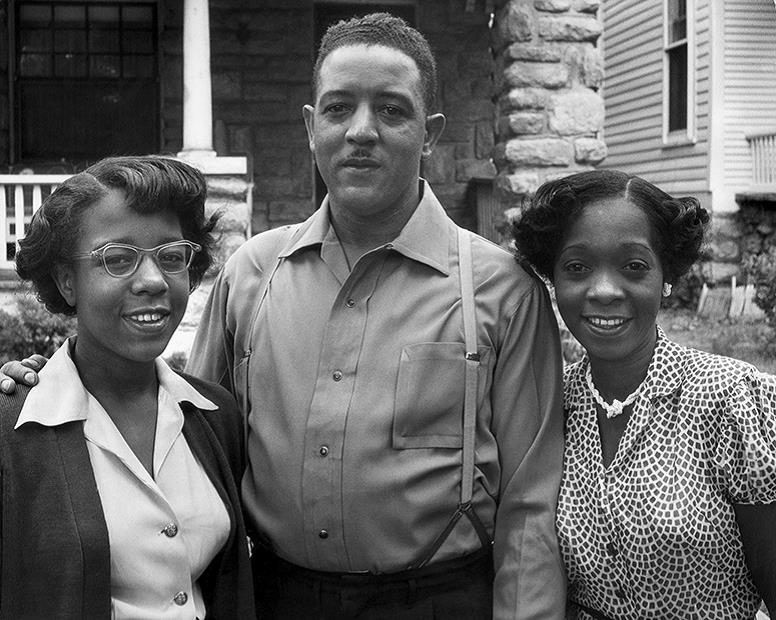
Life magazine never published these moving images of Parks' childhood classmates.

Lauren Palmer

Photographer Gordon Parks created an arresting visual essay about the experience of segregation in 1950, on the eve of the Civil Rights movement. It’s now on view in an exhibition at the Museum of Fine Arts, Boston, for the first time.
Assigned by Life magazine to document racially segregated schools and their effects on students, Parks traveled to his hometown of Fort Scott, Kansas, to locate his classmates from the elementary school he attended, and photograph their homes and their everyday lives. He wanted to find out what had happened to his classmates in the 20-plus years since they had graduated.
Most had fled Fort Scott years earlier and ended up in Northern cities, as Parks himself had done, and Parks traveled the country to photograph them. As the first African-American staff photographer for Life magazine, Parks had a point of view unique among his colleagues, having lived under segregation.
But for whatever reason, Life never published the photographs.
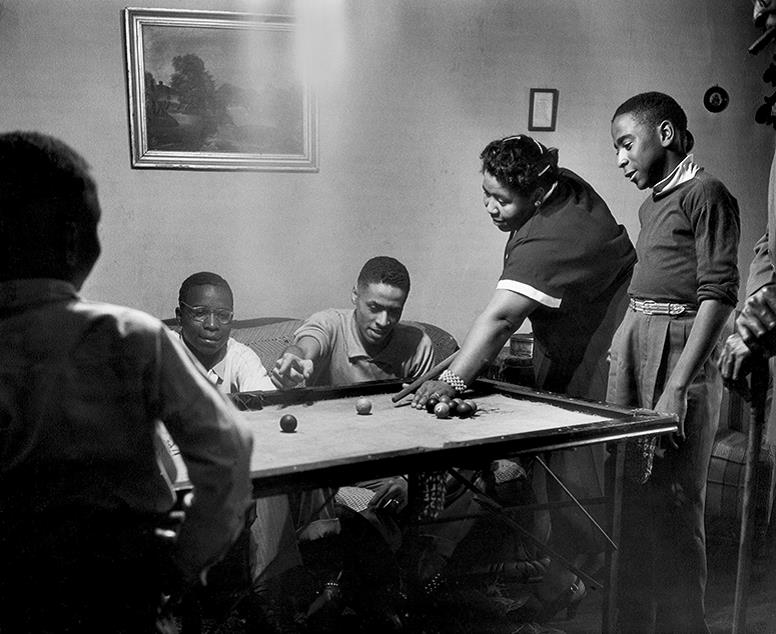
Gordon Parks, Untitled, Detroit, Michigan, 1950, gelatin silver print, © The Gordon Parks Foundation
Decades later, the collection of images have finally found a home in print as an exhibition catalogue, accompanying the show “Gordon Parks: Back to Fort Scott” (through September 13). Steidl published the catalogue this week.
Curator Karen Haas writes in her essay about the poignancy of Parks’ return to Fort Scott, which prompted him to reflect on his youth. A pseudo-school reunion, Back to Fort Scott chronicles lives affected by a racially segregated education system. She notes that Kansas was central to the landmark federal case Brown v. Board of Education, which would be decided just a few years after Parks shot his photo essay.
Parks’ images display warmth and care for his subjects. In the context of the Black Lives Matter movement, in response to recent racial violence across the country, the images provide a moving document of an earlier chapter of black life in America.
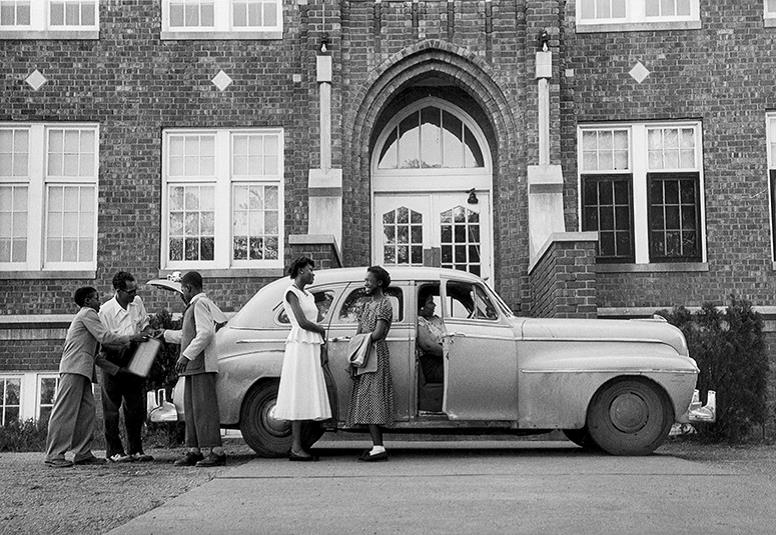
Gordon Parks, Untitled, Fort Scott, Kansas, 1950, gelatin silver print, © The Gordon Parks Foundation
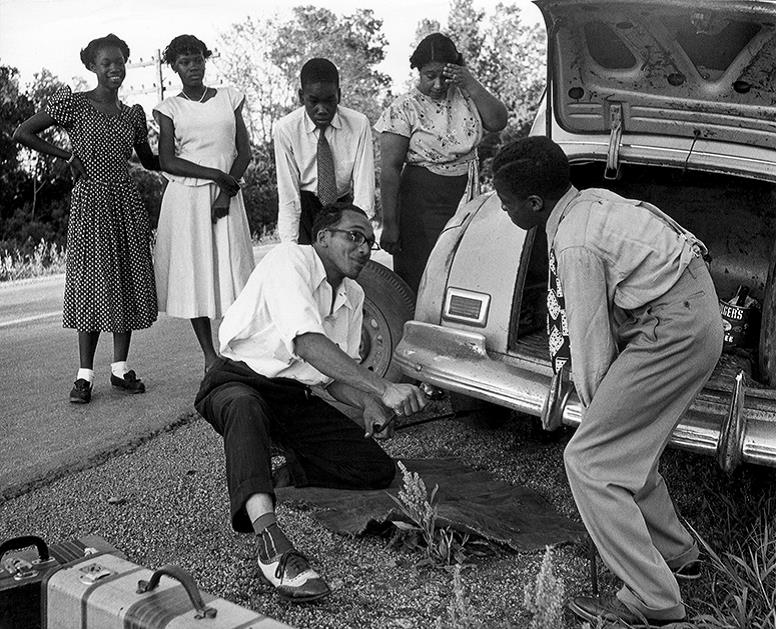
Gordon Parks, Untitled, Fort Scott, Kansas, 1950, gelatin silver print, © The Gordon Parks Foundation
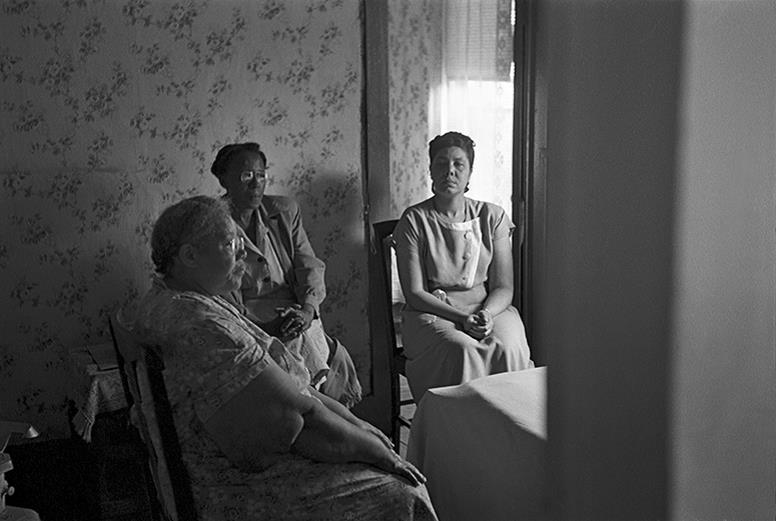
Gordon Parks, Untitled, Fort Scott, Kansas, 1950, gelatin silver print, © The Gordon Parks Foundation
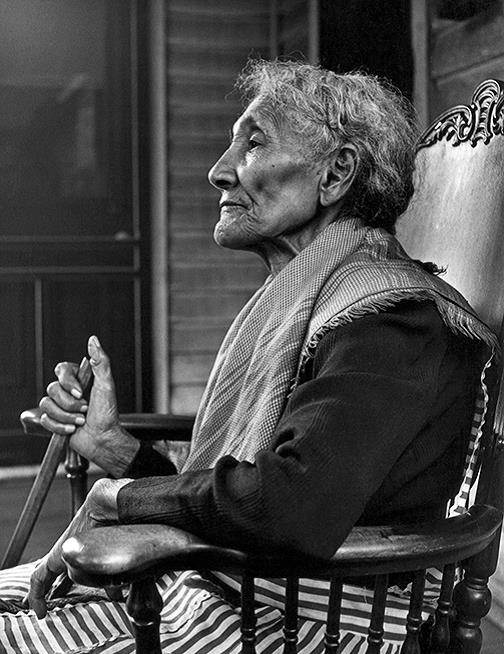
Gordon Parks, Mrs. Jefferson, Fort Scott, Kansas, 1950, gelatin silver print, © The Gordon Parks Foundation
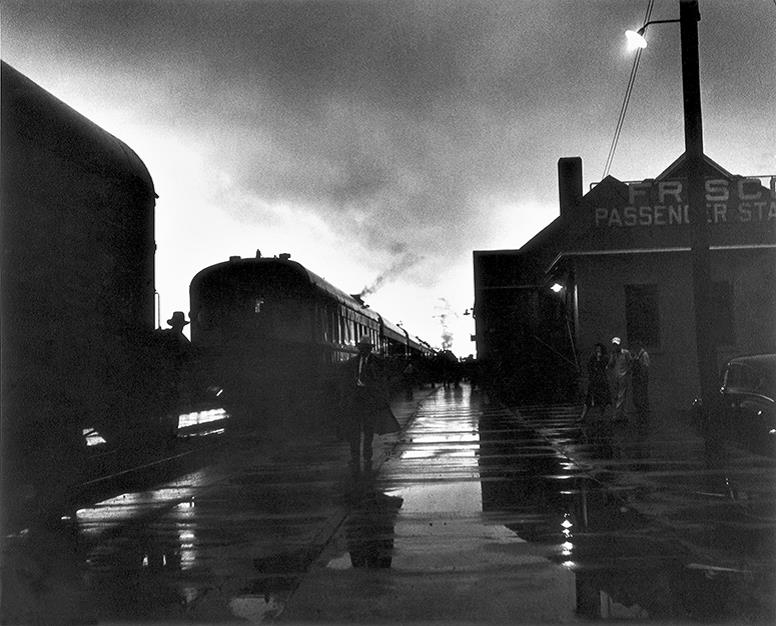
Gordon Parks, Frisco Railway Station, Fort Scott, Kansas, 1950, gelatin silver print. © The Gordon Parks Foundation
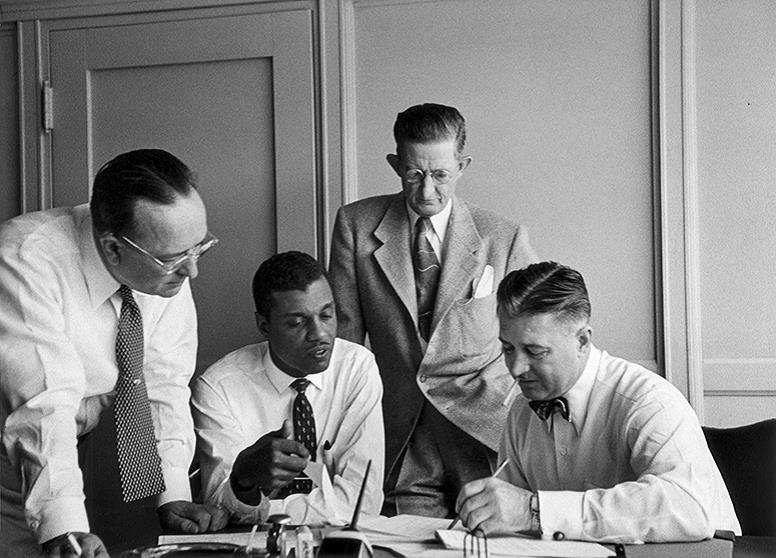
Gordon Parks, Untitled, Columbus, Ohio, 1950, gelatin silver print, © The Gordon Parks Foundation
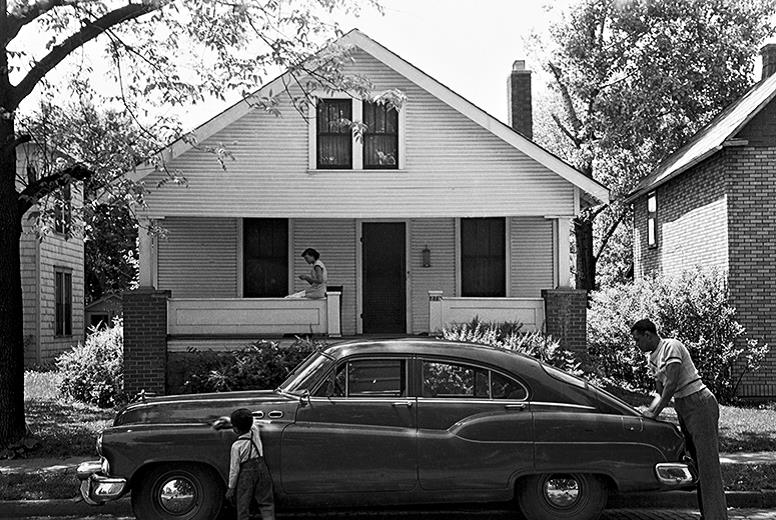
Gordon Parks, Untitled, Columbus, Ohio, 1950. © The Gordon Parks Foundation

Gordon Parks, Untitled, Chicago, Illinois, 1950, gelatin silver print. © The Gordon Parks Foundation
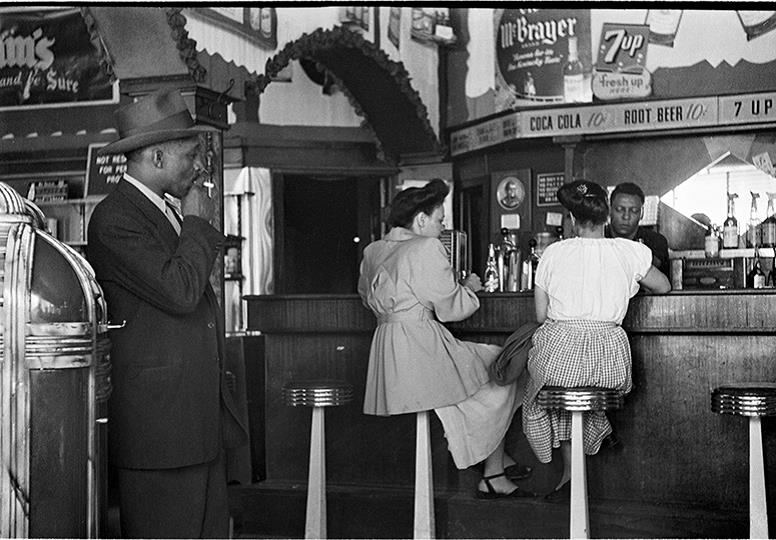
Gordon Parks, Untitled, Chicago, Illinois, 1950. © The Gordon Parks Foundation